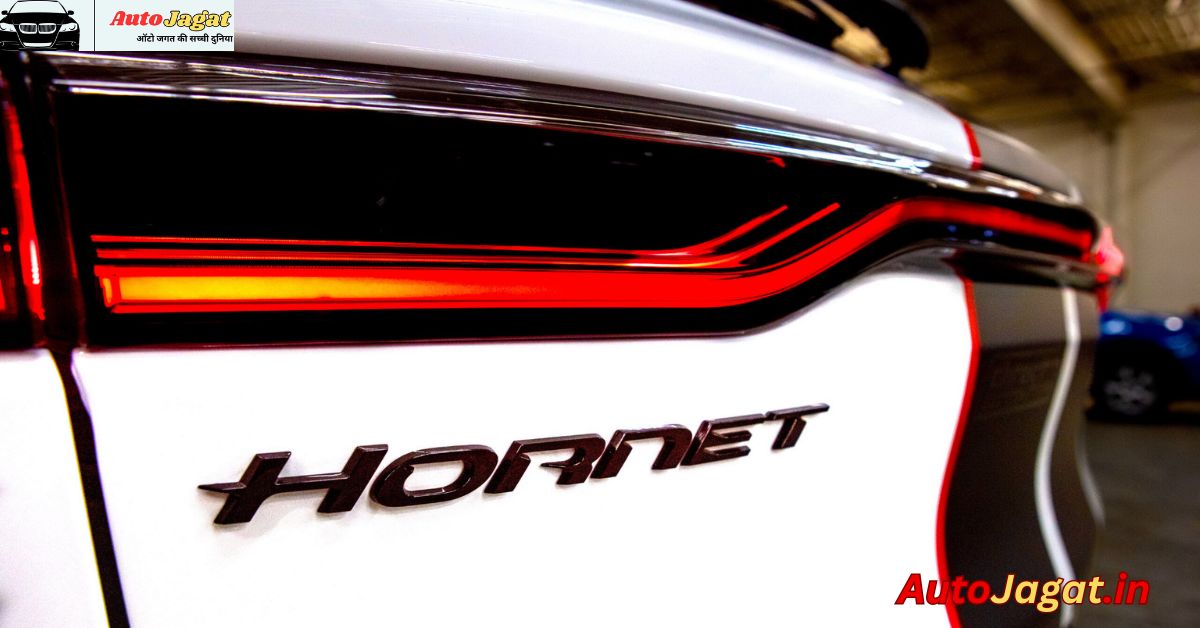In a surprising twist that has sent ripples through the automotive world, the Dodge Hornet—a compact SUV once hailed as Dodge’s bold step into electrified performance—has met an untimely demise. The culprit? A sweeping set of trade tariffs imposed by President Donald Trump that have made continued production of the Hornet financially unviable for Stellantis, Dodge’s parent company.
While the Hornet’s exit may seem like just another casualty in the ever-shifting landscape of global trade, its story is emblematic of how politics, economics, and consumer expectations collide in the automotive industry.
🚗 The Hornet’s Brief Buzz
Launched with high hopes, the Dodge Hornet was Dodge’s attempt to capture the compact SUV market with a blend of Italian engineering and American muscle. Built in Naples, Italy, alongside its cousin—the Alfa Romeo Tonale—the Hornet offered plug-in hybrid options, sporty styling, and a price tag aimed at younger buyers and urban commuters.
In its first full year, Dodge sold over 20,000 Hornets in the U.S.2. While not blockbuster numbers, they were respectable for a new entrant in a crowded segment. The Hornet was positioned as a gateway to Dodge’s performance DNA, offering a more accessible alternative to the brand’s larger, V8-powered beasts.
💸 Tariffs Sting the Hornet
The trouble began when the Trump administration introduced a 27.5% tariff on vehicles imported from Europe. Since the Hornet was manufactured in Italy, it was directly affected. Stellantis scrambled to import as many 2025 models as possible before the tariffs took effect, but the damage was done. Production was paused indefinitely, and fewer than 3,000 units remain on dealership lots.
According to Dodge CEO Matt McAlear, the brand had hoped to boost Hornet sales by cutting its price to around $30,000. But with tariffs in place, the cost of bringing the vehicle to U.S. shores became unsustainable. “If the tariffs don’t change,” McAlear said, “then there won’t be a ’26 model year”.
🧭 A Shift in Strategy
Rather than fight the tide, Dodge has pivoted. With relaxed emissions regulations and a renewed appetite for performance, the brand is doubling down on its muscle car heritage. The Durango lineup will now be exclusively powered by V8 engines, including the 6.2-liter supercharged HEMI V8 in the SRT Hellcat variant.
Rumors are swirling that the next-generation Charger could also receive a V8 transplant, reversing the trend toward electrification that had defined Dodge’s recent strategy. For enthusiasts, this is welcome news. For environmental advocates, it’s a step backward.
🛑 Quality Concerns and Market Fit
Even before the tariffs, the Hornet faced headwinds. Dealers reported frequent quality complaints from owners, and some questioned whether an Italian-built compact SUV could truly resonate with Dodge’s core audience. One dealer in Seattle bluntly stated, “The Italians trying to sell Italian vehicles in the United States has just been a big miss.”
The Hornet’s pricing also raised eyebrows. With the base GT model starting at $31,400 and the R/T Plus climbing to nearly $47,000, many buyers opted for more established competitors like the Toyota RAV4 or Honda CR-V.
🌍 The Bigger Picture: Trade Wars and Industry Fallout
The Hornet’s demise is part of a larger story about how global trade policies can reshape entire industries. Automakers across the board are reevaluating their supply chains, shifting production to domestic factories, and reconsidering which models to offer in tariff-affected markets.
For Stellantis, the Hornet was a casualty of this recalibration. With European imports now subject to steep tariffs, the company must decide whether to relocate production or abandon certain models altogether.
🏁 Final Thoughts: A Promising Idea Cut Short
The Dodge Hornet had potential. It was stylish, efficient, and offered a fresh take on performance for a new generation of drivers. But in the end, it was caught in the crossfire of international politics and economic policy.
Its story serves as a cautionary tale for automakers and policymakers alike: innovation and ambition are not enough when the rules of the game change overnight. As Dodge returns to its V8 roots and the Hornet fades into memory, one can’t help but wonder what might have been—had the buzz not been silenced by tariffs.
